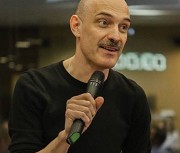
Friday, 5 April 2024 to Sunday, 7 April 2024

|
Sat6 Apr09:45am(15 mins)
|
Where:
Games Room
Presenter:
|
